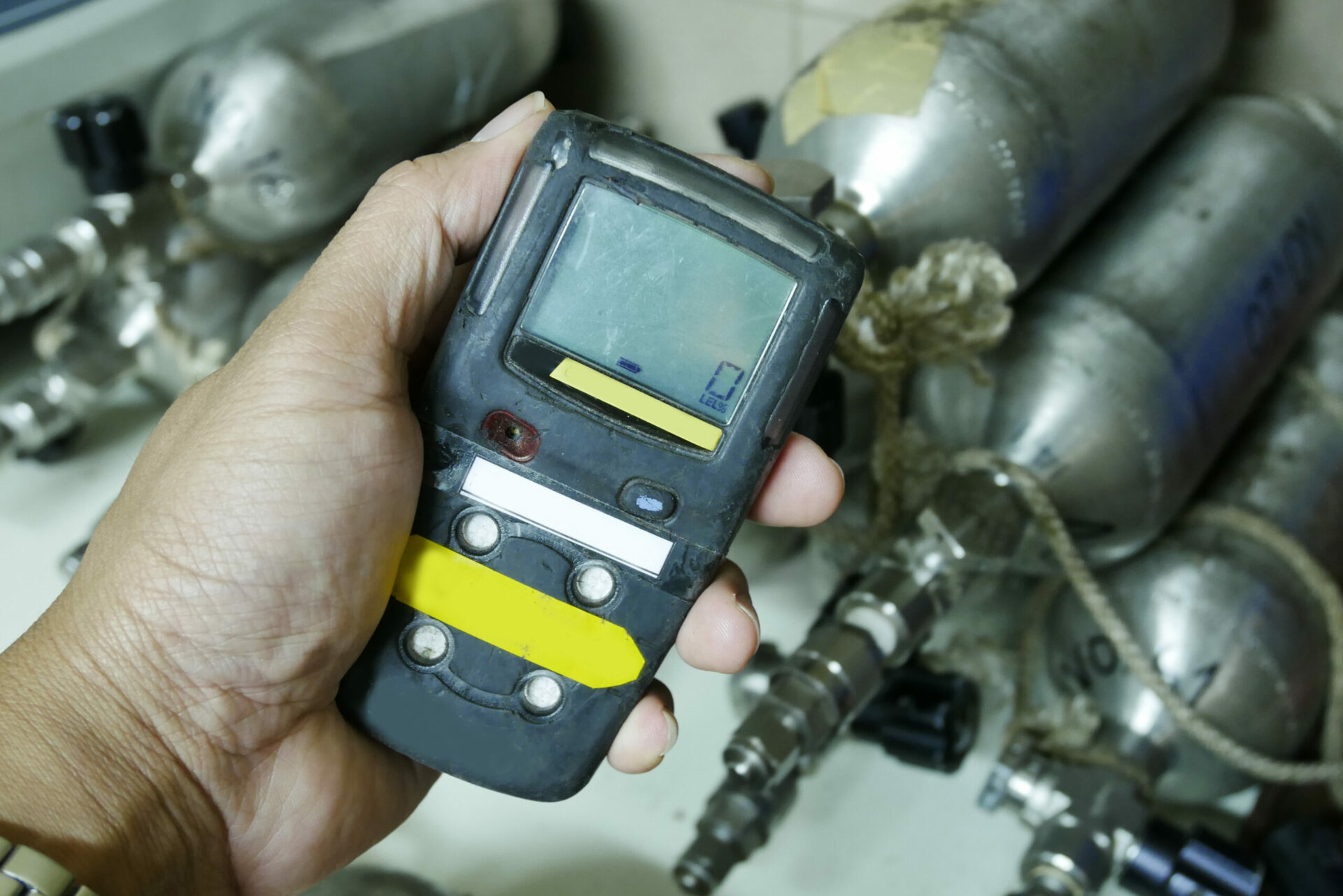Ew! Why does it smell like rotten eggs? If you’re saying that, it is possible that you are being exposed to low concentrations of H2S or hydrogen sulfide. And a good thing it’s a low concentration, because the human body cannot handle large concentrations of hydrogen sulfide or H2S without serious health effects.
H2S or Hydrogen Sulfide, also known as H2S, sewer gas, swamp gas, stink damp, and sour damp is a colorless gas known for its pungent ‘rotten egg’ odor at low concentrations. It is extremely flammable and toxic. And it might be required in the RAVS® section of your ISNetworld® account.
Hydrogen Sulfide is used or produced in a number of industries, such as:
- Oil and gas refining
- Mining
- Tanning
- Pulp and paper processing
- Rayon manufacturing
It also occurs naturally in sewers, manure pits, well water, oil and gas wells, and volcanoes. Hydrogen sulfide is heavier than air which allows it to collect in low-lying and enclosed spaces, such as manholes, sewers, and underground telephone vaults. This is one reason confined spaces are so dangerous.
Once a certain concentration is reached, loss of smell occurs. Sometimes it’s referred to as olfactory paralysis. If the concentration is high enough, death can occur instantaneously. That’s what makes this one of the most dangerous chemicals to work with. Don’t take any chances. Use an H2S monitor, if you work in an environment where you are likely to be exposed to H2S. Even if there’s a remote chance of encountering this deadly chemical. It’s better to be safe than sorry.
Hydrogen Sulfide or H2S in the bloodstream affects the nervous system and at elevated concentrations, H2S can affect muscle coordination and the brain’s ability to control breathing. Over exposure can cause death as gas fills the breathing passages and interferes with oxygenation of tissue.
The following symptoms occur at various concentration levels:
- If you can smell the rotten egg smell, concentration is usually between .01 to 1.5 PPM;
- At 2 to 5 PPM most people will begin to feel headaches, nausea, and the eyes may tear up;
- Between 5 and 20 PPM you will feel fatigue, poor memory, and dizziness;
- At 50 PPM slight conjunctivitis will occur and respiratory tract irritation;
- Coughing, eye irritation, loss of smell, gradual increase in symptoms and death within 48 hours will occur at 100 PPM.
- At 500 PPM, collapse within 5 minutes, and death within 30 to 60 minutes if not rescued.
- At 700 PPM, death will occur within a few minutes.
Dangerous exposure can be prevented by using monitoring methods such as detector tubes, direct reading gas monitors, alarm only gas monitors, and explosion meters. You can also control exposure by using exhaust and ventilation systems, training to educate workers about hazards and controls, establish proper rescue procedures, use of respiratory and other personal protective equipment.
Hydrogen sulfide training may include the following topics:
- Characteristics, sources and health hazards of hydrogen sulfide;
- Symptoms of hydrogen sulfide exposure;
- Types of hydrogen sulfide detection methods and applicable exposure limits;
- Workplace practices and procedures to protect against hydrogen sulfide exposure;
- Emergency plans, locations of safety equipment, rescue techniques, and first-aid;
- Confined space procedures
Employees should be familiar with emergency evacuation procedures in the event of an uncontrolled H2S release. Remember, Hydrogen Sulfide is heavier than oxygen, so move upwind to a high elevated area if possible. Designate more than one escape route. Have a predetermined location away from other hazards where workers should gather after evacuation. Do not return to the area until it has been tested and rendered safe to enter.
- Never work alone in areas with potential for exposure
- Ensure all employees understand the warning signs, where potential exposure exists
- Do not smoke in areas of potential exposure.
Do you have a written policy and training program for Hydrogen Sulfide? Make sure your employees have been trained prior to working on job sites with potential exposure.
Call JJ Safety today if you need training at 866-627-3850 or email us at sales@jjsafetyllc.com. We will be happy to help you.
For a comprehensive training on H2S, check out our Hydrogen Sulfide In-house training kit. It’s also available as part of the library in our online training platform.
